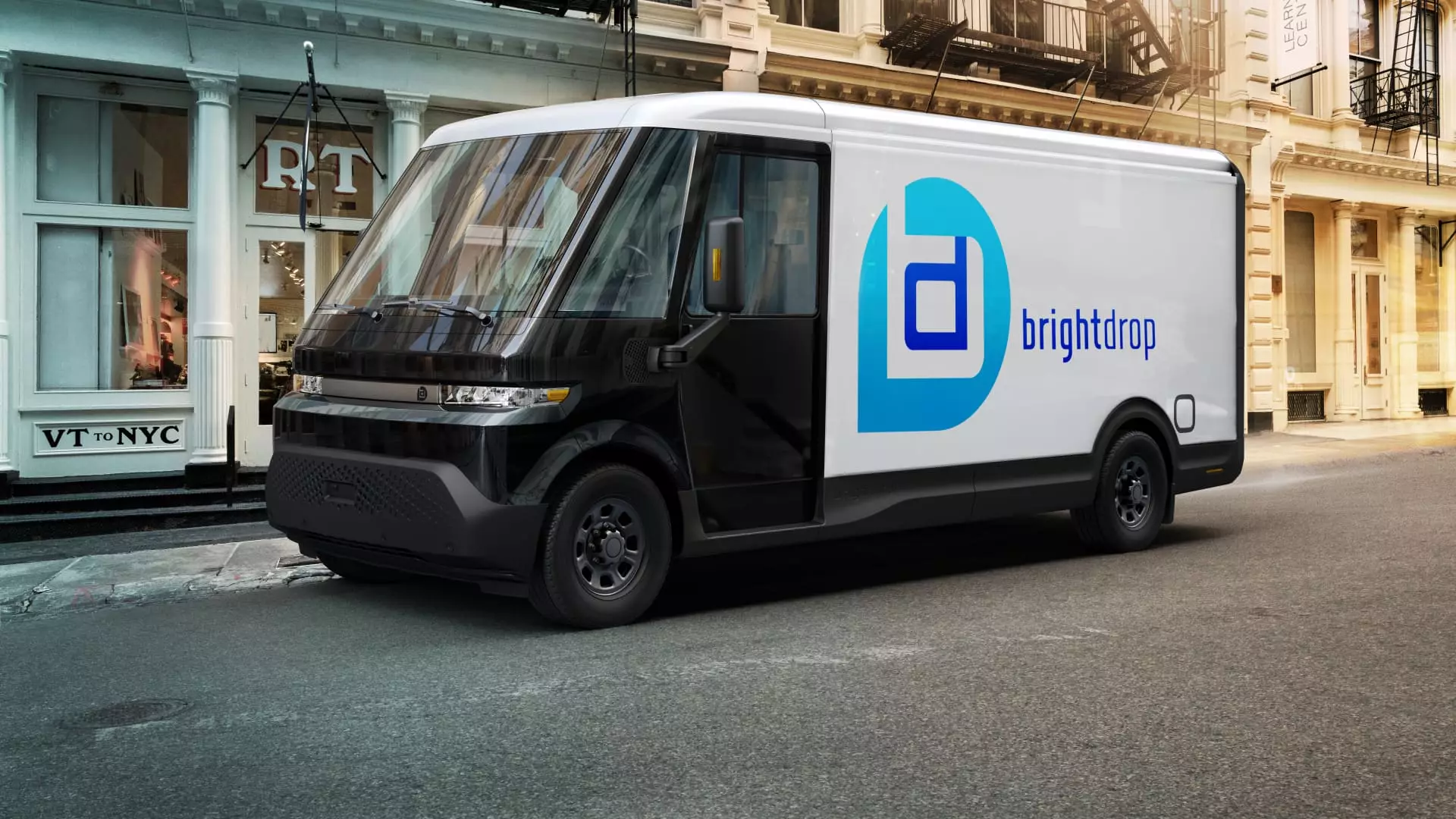In a move that reverberates throughout the electric vehicle (EV) landscape, General Motors has announced a substantial cut in production of its BrightDrop delivery vans, leading to the loss of 500 jobs at its CAMI plant in Ontario, Canada. This decision is not just a minor adjustment; it’s a sharp indicator of the company’s faltering ambitions in the EV marketplace. A once-promising venture, the electric delivery van initiative now feels like a misstep, revealing that GM’s grand plans for BrightDrop have withered under the pressure of unmet market expectations.
Market Demand vs. Corporate Reality
GM insists that this unfortunate decision stems from a necessity to align production with market demand, countering any implications that this situation is influenced by external factors, such as former President Trump’s tariffs. However, the truth appears to be less about strategic realignment and more about a miscalculation on GM’s part regarding the appetite for their product. With only about 2,000 electric vans sold in the past two years, it is clear that BrightDrop has not risen to the expectations originally set. The company had anticipated a revenue of $1 billion for 2023, a goal now rendered almost certainly unattainable.
Workers Caught in the Crossfire
The closure of the plant is not merely a corporate pivot; it is a dire situation for hundreds of families in Ingersoll and its surroundings. Lana Payne, the president of Unifor, has labeled this decision a “crushing blow,” illustrating how corporate strategies can have devastating impacts on localized communities. As corporations tighten their belts in response to market pressures, it is back-to-back working families who pay the price. The lament is clear: GM must take responsibility for its workforce and actively seek out ways to minimize job losses, especially in a time when the future of the auto industry is already precarious.
The Uncertain Path Forward
Looking ahead, GM has indicated that it remains committed to revamping the CAMI facility for future model years, yet optimism feels misplaced. With a stagnant sales record and a growing number of BrightDrop vehicles languishing in storage, any pivot GM hopes to make appears fraught with uncertainties. Moreover, the ongoing discourse surrounding government support and fair market access raises fundamental questions about the viability of domestic EV production. The weathered phrases of promises made by auto executives now echo hollowly against the backdrop of actual layoffs and dwindling production lines.
The Bigger Picture: Industry Hurdles
The turbulence within GM’s electric van division is emblematic of a larger industry wide dilemma. The market landscape for EVs is fraught with challenges that go beyond corporate mismanagement. It entails a labyrinth of regulatory obstacles and fluctuating consumer demand, compounded by the specter of tariffs that creates a ripple effect on production and investments. It serves to remind us that the U.S. government plays an undeniable role in shaping the auto industry’s future, and how its policies can inadvertently stifle innovation and growth. As much as GM must confront its own failures, so too must we hold the policymakers accountable for ensuring the stability of a crucial sector in the nation’s economy.

